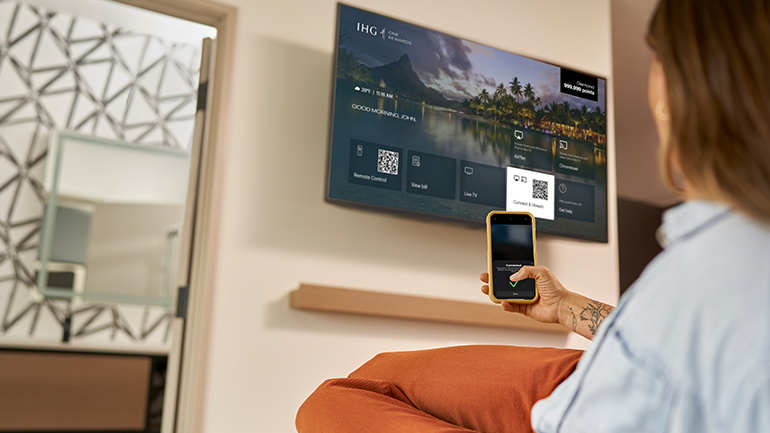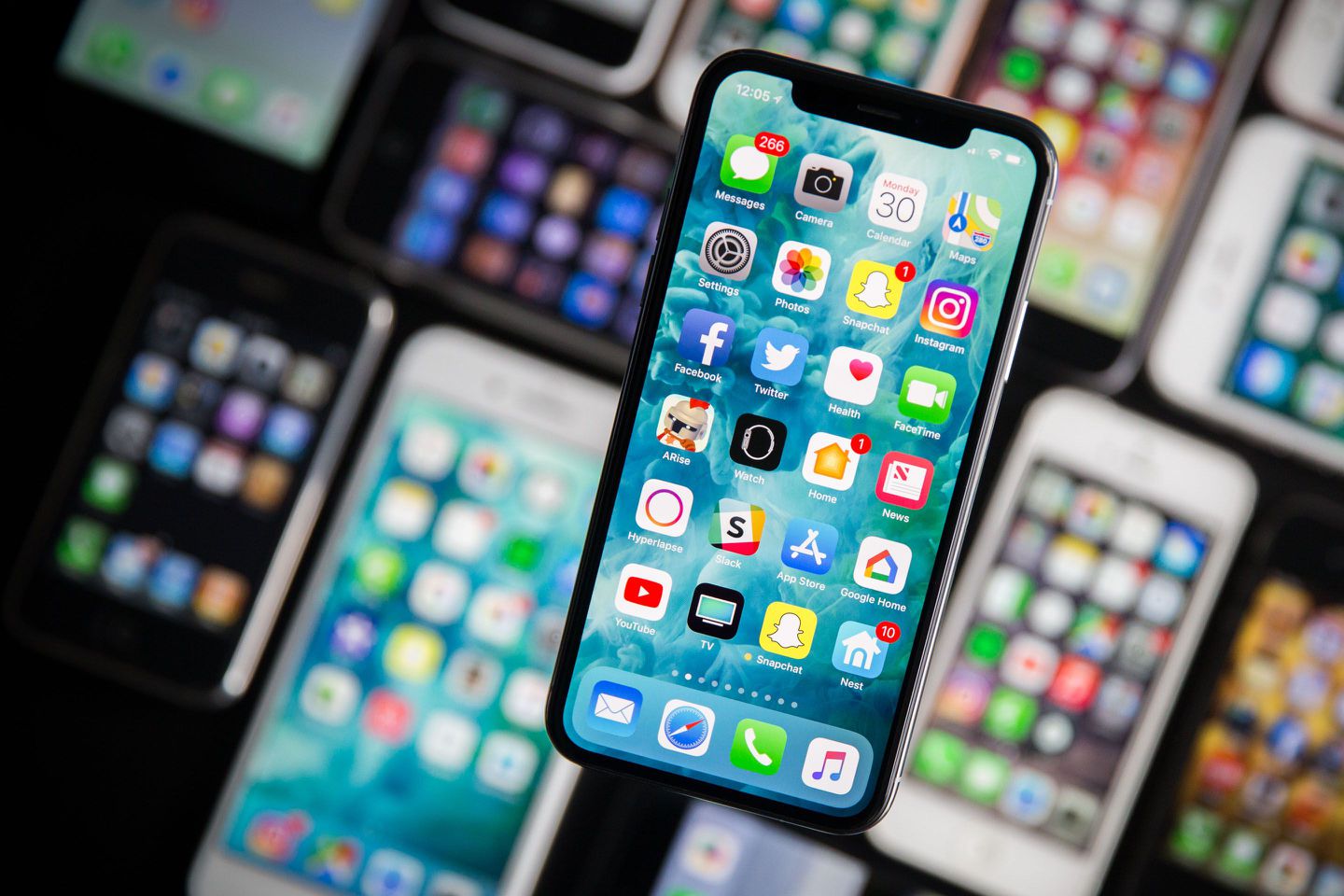
Apple Limits iPhone X Testing Period for Most Reviewers
Apple has ruffled some feathers by giving some video bloggers the first chance to publish first impressions about the new iPhone X, instead of longtime tech reviewers. The changes reflect Apple’s broader evolution from a niche tech company to a mainstream brand.

“The company seeded the iPhone X to at least three influencers with different audiences: actor Mindy Kaling, who shared her thoughts with Glamour; 12-year-old developer Alex Knoll, who showed off the device on Ellen DeGeneres’s television show; and political journalist Mike Allen, who included insights from his tech-savvy nephew in Axios’s morning newsletter,” reads a new report from the Wall Street Journal.
However, not every journalist was happy with Apple’s decision to limit its review units.
“Thank god Apple seeded Mike Allen with an iPhone X review unit. Such great insight from his fucking nephew, the emoji expert,” Daring Fireball editor John Gruber wrote sarcastically, referring to the Axios piece in which the author delegated some of his product review to his 19-year-old nephew.
“Thank god Apple seeded Fashion with a review unit,” Gruber railed on, referring to a YouTube video blogger who also numbered among the first to receive an iPhone X test device. While Gruber got a review unit as well, he was one of the bloggers that were given less time than usual to test the device before he could publish his review.
Gruber, along with many other outlets, had less than 24 hours to play with the iPhone X before Apple’s restrictions on publishing reviews lifted Tuesday morning. By contrast, Apple allowed Allen, Wired’s Stephen Levy, and several YouTube bloggers to publish their reviews on Monday after having their test devices for about a week.
The review strategy is “unusual,” said Jan Dawson, an analyst with Jackdaw Research. “It’s possible Apple wanted some reviews out early and those would be the more enthusiastic ones.”
According to Dawson, YouTube reviewers tend to be more positive when given early access to devices, and that most reviews aren’t overly negative.
It’s easy to understand Apple including a bunch of YouTubers, as well as seeding review units to celebrities. YouTube is how many young people get their news and reviews, and Apple definitely wants to reach this audience. What’s more difficult to understand, however, is Apple restricting real reviews to just three publications in the United States.

